1 min read
8 Key Issues for Indigenous Peoples in Canada
Eight of the key issues of most significant concern for Indigenous Peoples in Canada are complex and inexorably intertwined - so much so that...
4 min read
Bob Joseph February 28, 2023
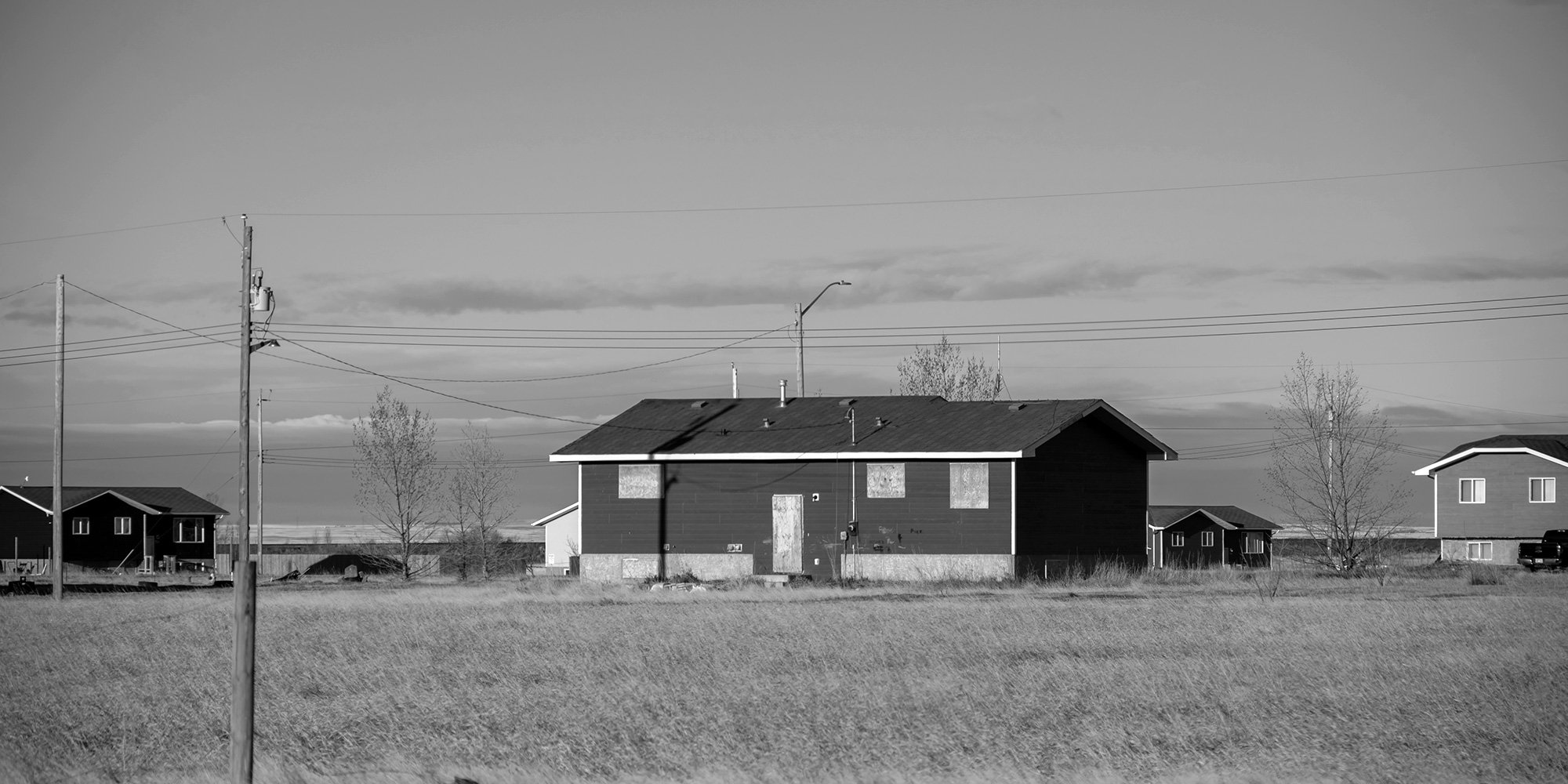
Indigenous People face the worst housing outcomes in the country.
Hon. Marc Miller, Minister of Crown-Indigenous Relations [1]
To understand the complexities of the housing situation, some basic information on the reserve system, created in 1876, is required. The two articles linked below provide an overview of on-reserve housing.
In Canada, the Indigenous population grew by 9.4 percent from 2016 to 2021; however, the housing stock in Indigenous communities did not increase even close to the same rate. The 2022 federal budget allocated $4.3 billion over seven years towards mitigating the housing crisis, a figure that falls far short of what is needed, according to the Assembly of First Nations, which asked for $44 billion to deal with overcrowding and homes in dire need of repair in reserves.
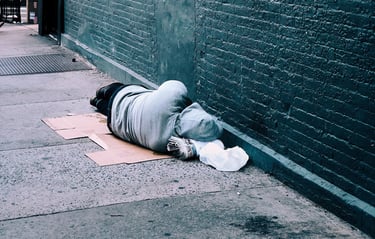
As noted above, Indigenous people frequently live in overcrowded houses that need significant repairs. Common issues include poor ventilation, broken windows, leaky roofs, and water-damaged walls, all of which create a fertile environment for the rapid spread of viruses. Moisture in the walls and ceilings leads to mould growth, triggering asthma and respiratory diseases.
Overcrowded living conditions impact mental health in many ways:
Not having access to a quiet space for homework and studying affects a child’s school performance. Poor performance in school impacts a child’s opportunity for higher education and employment. Children growing up in crowded houses may not get the sleep they need, leading to difficulty concentrating in school, fatigue and behavioural issues. Behavioural issues can result in negative interactions with teachers and peers, which may, later in life, impact personal and professional relationships.
When physical and mental health and education are negatively impacted, finding and keeping stable employment is also impacted.
The on-reserve housing crisis drives some community members to relocate to urban centres for better accommodation. Separated from family, community and culture, they are often at their most vulnerable. Students who leave communities for higher or better education opportunities may be unable to return to their communities due to the housing crisis.
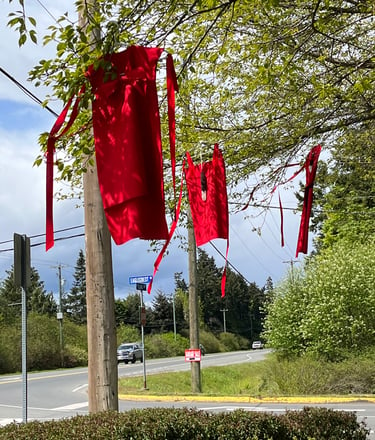
Overcrowded, unsafe housing is a factor in the higher rates of gender-based violence against Indigenous women, girls and gender-diverse people. Housing shortages may force women and children to remain in unsafe living situations.
Indigenous communities are often identified as most vulnerable to climate change, specifically fire and flood events. When homes are destroyed, it exacerbates the already crowded living conditions as the same number of people are now living in fewer homes.
Reserves were frequently located on floodplains. People living in flood-prone reserves deal with substantial risks, including property damage, deteriorated health, and disrupted livelihoods and education due to repeated and sometimes prolonged, evacuations. Emergency removal from their homes and separation from family is also traumatic for residential school survivors.
80.7% of the 985 Indigenous reserves have some flood exposure in terms of either population or residential properties at the 100-year return period. [2]
The Kashechewan First Nation community members have been evacuated 14 times to at least 22 host communities across Ontario since 2004 (consecutively from 2004 to 2008 and 2012–2019) because of actual flooding events or flooding risk and the potential failure of the dike that surrounds the community. [3]
Reserves are also located in forests prone to wildland fires, and it’s projected that wildland fires will increase in number, size, and intensity due to climate warming. Reserves are often remote with limited access, which makes evacuation challenging and exacerbates firefighting efforts.
Approximately 12.3% of the Canadian population currently live in the wildland–urban interface (WUI), which includes 32.1% of the on-reserve First Nations population. Currently, 17.8% of the on-reserve WUI population is exposed to FRI of ≤250 years, compared with only 4.7% of the remaining WUI population. [4]
The housing crisis is at the epicentre of many barriers Indigenous Peoples endure. The Liberals have pledged to develop an urban, rural, and northern Indigenous housing strategy. They have budgeted $300 million over five years to allow the Canada Mortgage and Housing Corporation to work with Indigenous communities to build to create a plan.
For those looking for further learning, our Working Effectively with Indigenous Peoples® training has helped thousands of individuals and organizations better understand Indigenous history, culture and how the Indian Act affects Indigenous Peoples today.
[1] Standing Committee on Indigenous and Northern Affairs, The Effects of the Housing Shortage on Indigenous Peoples in Canada, Evidence, 4 March 2022
[2] Chakraborty, L., Thistlethwaite, J., Minano, A. et al. Leveraging Hazard, Exposure, and Social Vulnerability Data to Assess Flood Risk to Indigenous Communities in Canada. Int J Disaster Risk Sci 12, 821–838 (2021). https://doi.org/10.1007/s13753-021-00383-1
[3] Thistlethwaite, J., Minano, A., Henstra, D., Scott, D., Indigenous Reserve Lands in Canada Face High Flood Risk, Centre for International Governance Innovation, Policy Brief No. 159 — April 2020
[4] Erni, S., Johnston, L., Boulanger, Y., Manka, F., Bernier, P., Eddy, B., Christianson, A., Swystun, T., Gauthier, S. Exposure of the Canadian wildland–human interface and population to wildland fire, under current and future climate conditions 9 April 2021
Featured photo: Siksika Nation, Alberta - May 2, 2021, Shutterstock
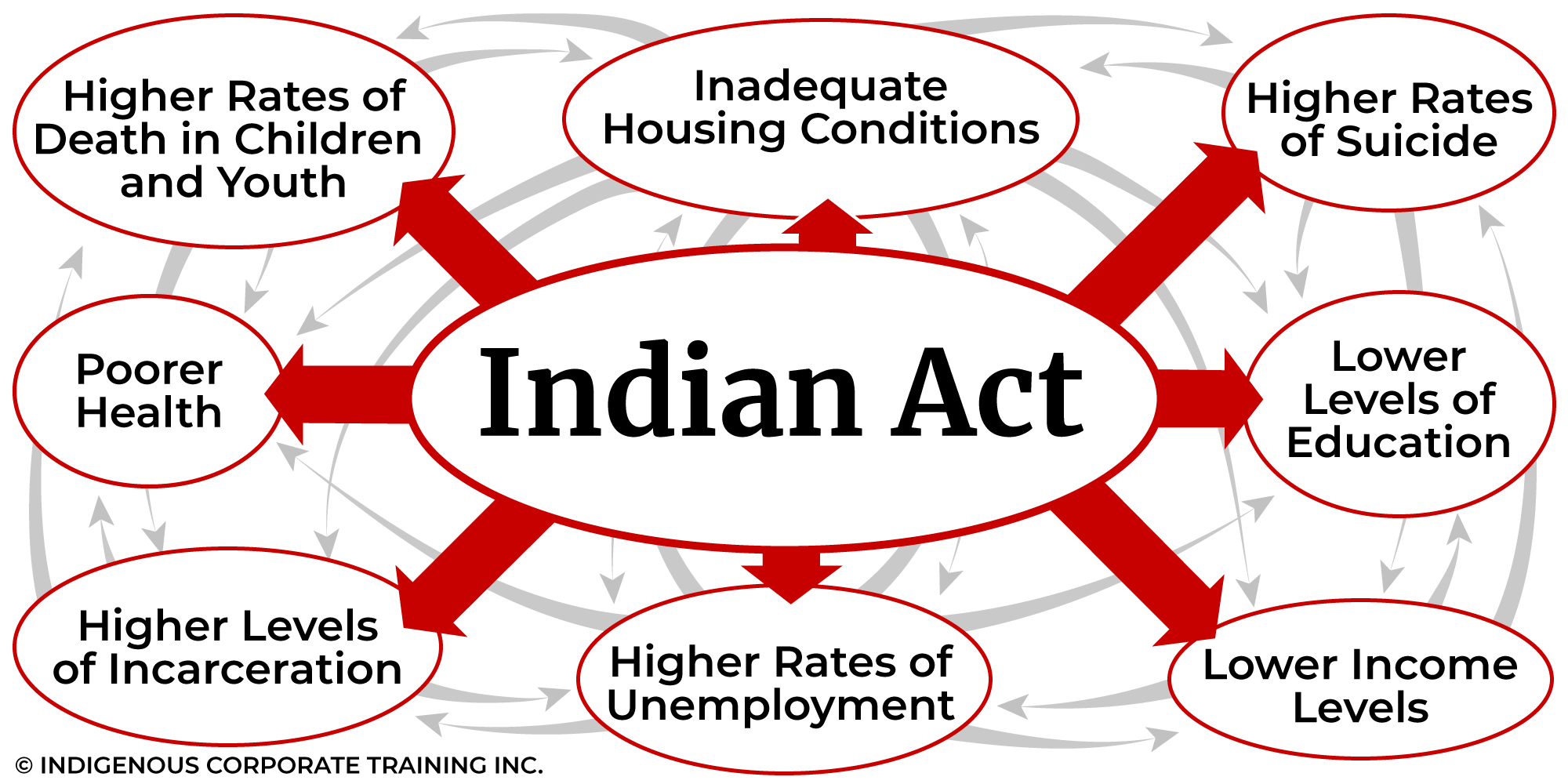
1 min read
Eight of the key issues of most significant concern for Indigenous Peoples in Canada are complex and inexorably intertwined - so much so that...

Indigenous Canadians earn about 70 cents for every dollar made by non-Indigenous Canadians, according to Canada's income data. This is a very...
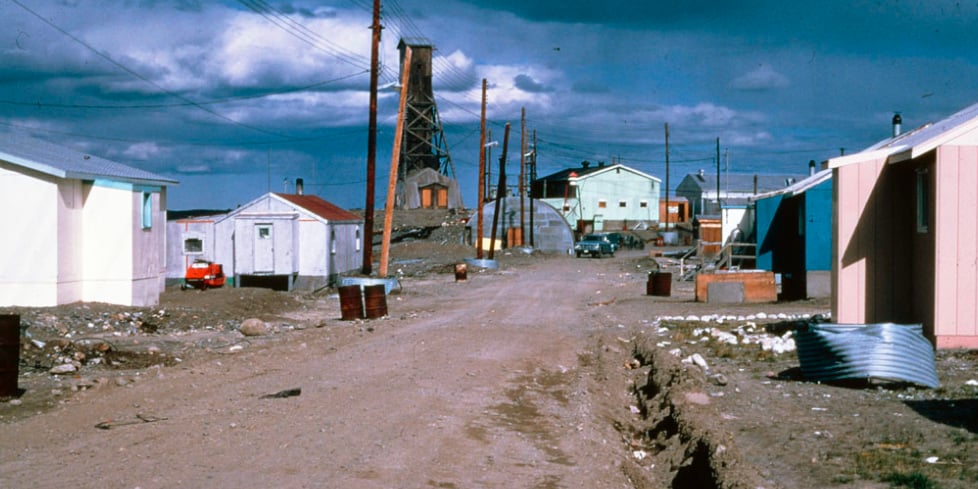
Myth #3: First Nations get free housing on reserves. Reality: Indigenous People can apply for social housing programs offered by the Canada Mortgage...